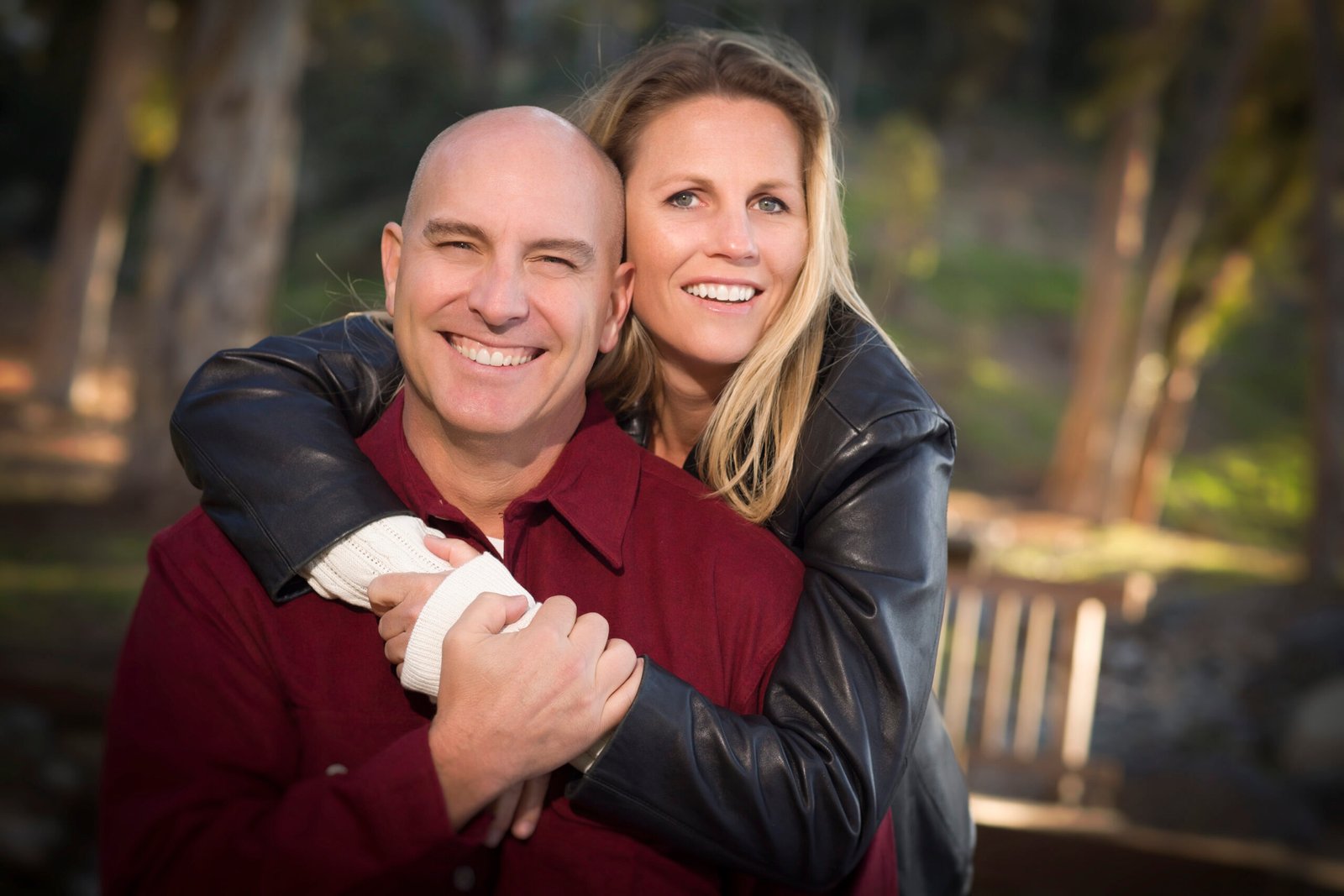Understanding Your Marriage Challenges: Insights from “Save The Marriage”
What marriage information can help us understand our current challenges?
Marriage, while often envisioned as a lifelong journey of love and companionship, inevitably encounters challenges. If you’re currently navigating a rough patch in your relationship, know that you’re not alone. Understanding the underlying dynamics can be the first crucial step towards healing and growth. Drawing from the insights of Lee H. Baucom, Ph.D., in his “Save The Marriage” materials, let’s explore some key concepts that can shed light on your current difficulties.
One of the first things to understand is that traditional marriage counseling may not be as effective as we often believe. In fact, studies suggest that almost 50% of couples in therapy end up divorced, and only a small percentage see significant improvement. Baucom argues that this is often because traditional therapy is built on a faulty assumption, primarily focusing on communication skills. While communication is important, merely teaching better communication techniques might only equip you and your spouse to fight more effectively if the underlying issues of perception and understanding aren’t addressed.
A fundamental concept to grasp is the shift from “You & Me” to “WE”. Many marital problems arise when couples become trapped in a “You/Me Trap,” where each partner is primarily concerned with what they are individually getting out of the relationship. Successful marriages, on the other hand, operate from a sense of “WE,” where decisions and actions are considered in the context of the relationship’s well-being.
Several common marital traps can undermine this “WE” dynamic. These include:
- Controlled/Controlling: One partner tries to control the other, leading to rebellion and resentment.
- Under/Overfunctioning: One partner consistently takes on more responsibility in certain areas, causing the other to underfunction and potentially disconnect.
- Power Struggles: When both partners feel overpowered, they engage in a struggle to regain control, often leading to conflict and animosity.
Understanding which of these patterns might be present in your relationship can provide valuable insight into the dynamic at play.
Another helpful perspective is the “physics of relating”. Just as in physics, every action in a relationship tends to create an equal but opposite reaction. When one partner shifts, the other often mirrors that shift to maintain a perceived balance, even if that balance is unsustainable. Recognizing this can help you understand why certain interactions keep repeating in your marriage.
Baucom outlines three crucial ingredients for a successful marriage: Accurate Perception, Clear Communication, and Right Action. These elements are interconnected. Accurate perception, which involves understanding your spouse’s worldview and recognizing your own biases, paves the way for clear communication. Clear communication, in turn, facilitates right action, which involves relating in intentionally healthy ways, considering the needs of the “WE”.
Identifying your relationship’s “North Star” is also vital. This is the fundamental purpose or driving force of your marriage. Many common reasons for marriage, such as sex, children, or even happiness, can be considered “false North Stars” because when those elements are missing or challenged, the foundation of the relationship feels threatened. True North Stars, like commitment, self-improvement, or growing old together, are more within your control and provide a more stable foundation.
To navigate current challenges, consider adopting these “3 Simple Secrets to a Successful Marriage”:
- Give Up Arguing: Recognize that arguing is often about trying to be right and rarely leads to understanding. Instead, focus on understanding your spouse’s perspective by asking, “Help me understand how you see it that way?”.
- Focus on the Complementarity: Remember what initially attracted you to your spouse and how your strengths and weaknesses complement each other. Areas of conflict can sometimes point to underlying complementarity.
- Make Decisions Based On What Is Good For the Relationship: When facing choices, ask yourself, “What would be best for the relationship (the WE)?” This can help move beyond individual needs and foster a stronger sense of partnership.
It’s also crucial to understand the momentum of your relationship. Just like a physical object, a relationship tends to continue in the direction it’s already headed. To overcome challenges, you need to consciously work to change this momentum, which can begin with a shift in your own thoughts and actions. Even if only one partner initiates this shift, it can create a ripple effect.
When facing difficulties, avoid constantly questioning whether you are still “in love” (an emotion), and instead focus on “how do I love?” (an action). Showing love through actions, especially in ways that resonate with your spouse, can reignite positive emotions.
Dealing with emotions that are “amiss,” such as anger, requires understanding that anger is often a secondary emotion, masking underlying hurts, fears, or unmet needs. Instead of reacting to the anger, try to identify and address the primary emotions.
Recognizing that everyone operates from their own “paradigm,” or way of seeing the world, is essential for navigating disagreements. Your paradigm is shaped by your unique experiences, and it’s crucial to remember that your perspective is not the only “right” one. Acknowledging the validity of your spouse’s paradigm can foster greater understanding and compassion.
Establishing and maintaining healthy boundaries is vital for both individual well-being and the health of the relationship. Boundaries communicate what you will and will not allow in your life and teach others how to treat you. Strong personal boundaries can also contribute to a healthier “WE”.
Incorporating positive “Practices of Marriage,” such as Benefit-Of-The-Doubt thinking (assuming positive intentions) and cultivating a sense of gratitude, can shift the overall tone of your relationship and create an upward cycle.
Understanding the stages of intimacy – Pseudo-Intimacy, Chaos, Emptiness, and finally, Intimacy – can provide context for the natural ebbs and flows of a long-term relationship. Challenges in the “Chaos” or “Emptiness” stages are normal and can be pathways to deeper intimacy if navigated constructively.
Choosing “High Mood Relating,” which involves focusing on options and possibilities rather than dwelling on problems, can foster a more positive and solution-oriented dynamic. Similarly, living in the present and not getting stuck in past hurts or future anxieties can significantly improve your daily interactions.
Finally, understanding that challenges around sex and money are often intertwined with power dynamics and the strength of the “WE” is crucial. Addressing the underlying issues of connection and mutual respect is often the first step towards resolving difficulties in these areas.
By considering these insights from “Save The Marriage,” you can begin to understand the complexities of your current marital challenges and identify potential pathways towards positive change and a stronger, more fulfilling relationship. Remember that evolution, not just growth, is key in a long-lasting partnership, requiring significant shifts in perspective and behavior to create a relationship that is equipped to thrive.




